Caesarea Philippi / Banias
Continuing our visits to the jewels of northern Israel, we come to Caesarea Philippi (known also as Banias/Banyas and Paneas) on the shoulder of Mt. Hermon east of Tel Dan along highway 99. The site sits about 25 miles north of the Sea of Galilee and at about 1,700 feet higher in elevation (1,150 feet above sea level). Here we come to another of the sources (Nahr Baniyas) of the Jordan River. The site’s significance historically is related to its proximity to the main ancient highway between Damascus and Tyre. Josephus describes the location with the following words:
This is a very fine cave in a mountain, under which there is a great cavity in the earth, and the cavern is abrupt, and prodigiously deep, and full of a still water; over it hangs a vast mountain; and under the caverns arise the springs of the river Jordan. Herod adorned this place, which was already a very remarkable one, still further by the erection of this temple, which he dedicated to Caesar.
— Flavius Josephus, The Works of Josephus, trans. William Whiston (Peabody, MA: Hendrickson, 1987), 422 (Antiq. 15.10.3 §364
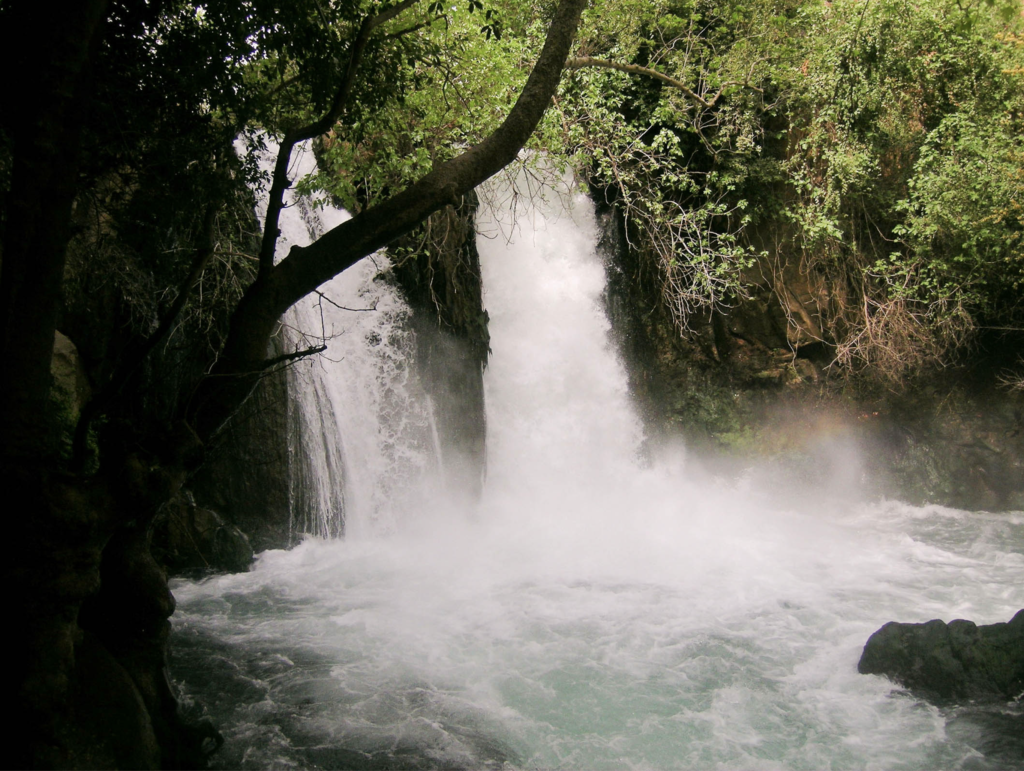
Tristram gave the following report of his group’s visit to Banias/Caesarea Philippi following their stop at Tel Dan:
A very short ascent through fine olive-groves and groups of noble oaks brought us to Banias. The situation is indeed magnificent. With tall limestone cliffs to the north and east, a rugged torrent of basalt to the south, and a gentle wooded slope for its western front, Banias is almost hidden till the traveller is among the ruins. These are not remarkable, the best preserved being the old Roman bridge over the impetuous stream which has hewn out its channel in the black basalt to the south. Everywhere there is a wild medley of cascades, mulberry-trees, fig-trees, dashing torrents, festoons of vines, bubbling fountains, reeds, and ruins, and the mingled music of birds and waters.
Dean Stanley calls it a Syrian Tivoli, and certainly there is much in the rocks, caverns, cascades, and the natural beauty of the scenery to recall the Roman Tibur. Behind the village, in front of a great natural cavern, a river bursts forth from the earth, the “upper source” of the Jordan. Inscriptions and niches in the face of the cliff tell of the old idol worship of Baal and of Pan.
— H. B. Tristram, The Land of Israel: A Journal of Travels in Palestine, 3rd ed. (London: Society for Promoting Christian Knowledge, 1876), 573
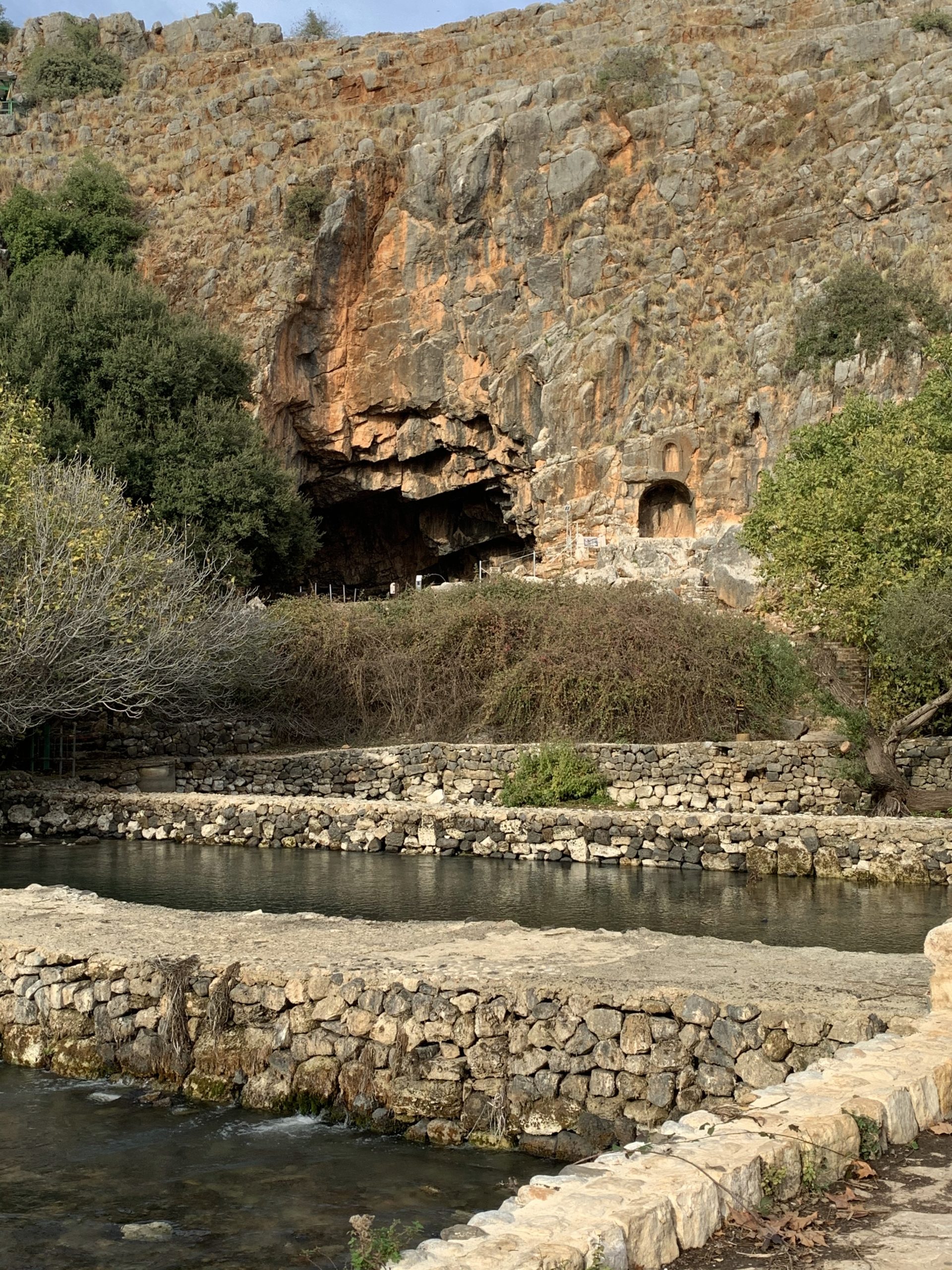
The sacred grotto (the cavern seen in the photo above) was dedicated to the god Pan (thus the name Paneas for the site). Within the cavern the spring provided a deep pool:
the place is called Panium, where is a top of a mountain that is raised to an immense height, and at its side, beneath, or at its bottom, a dark cave opens itself; within which there is a horrible precipice, that descends abruptly to a vast depth; it contains a mighty quantity of water, which is immovable; and when anybody lets down anything to measure the depth of the earth beneath the water, no length of cord is sufficient to reach it. Now the fountains of Jordan rise at the roots of this cavity outwardly; and, as some think, this is the utmost origin of Jordan; …
— Flavius Josephus, The Works of Josephus, trans. William Whiston (Peabody, MA: Hendrickson, 1987), 575 (JW 1.21.3 §§405–6)
Seismic activity has redirected and affected this abundantly flowing spring. Today the water does not fill the grotto as it did even a few decades ago and the spring issues from a crack below the grotto.
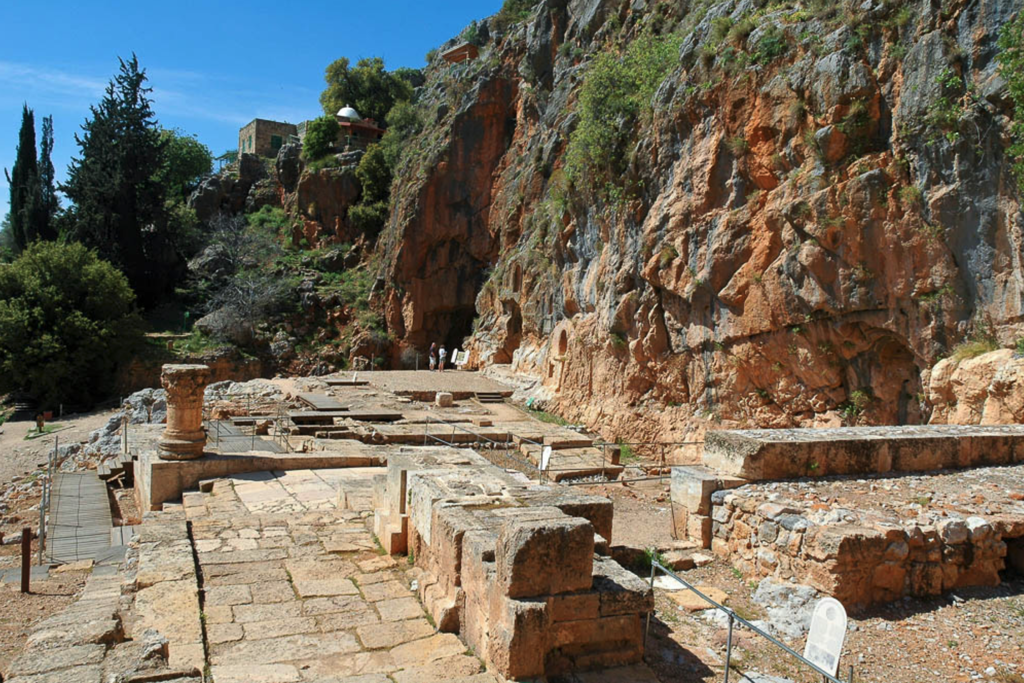
Historical Background
The Canaanites may have worshiped the god Baal-gad (the god of good fortune) on or near this site. In the Hellenistic era (332–63 BC), inhabitants of the area dedicated a shrine in the cave to the god Pan. Niches in and around the grotto held statues of the Nymphs. Polybius (ca. 208–ca. 118 BC) provides the earliest reference to the city by the name Panion (Πάνιον) when he criticizes Zeno’s account of the battle between Antiochus III (the Great, 223–187 BC) and the Egyptian Ptolemies’ general Scopas (Histories, xvi, 18:2; xxviii, 1:3). The site had remained relatively unknown until the Seleucids under Antiochus defeated the Ptolemies there in 198 BC to gain control over Palestine. After the region came under Roman control (63 BC–AD 135), Augustus Caesar (27 BC–AD 14) granted the district to Herod the Great (37–4 BC) in 20 BC. In appreciation for that grant, Herod built a temple on a platform adjoining the grotto (see photo above). He dedicated the temple for the worship of Augustus. After Herod died, Banias passed to his son Philip (4 BC–AD 34). Philip rebuilt and beautified the city, naming it Caesarea Philippi to glorify himself and Tiberius Caesar (AD 14–37). That name continues to distinguish the site from other cities named Caesarea in the region (e.g. Caesarea Maritima).
After the death of Herod Agrippa I (who reigned AD 37–44), Herod the Great’s grandson Herod Agrippa II (AD 44–100) inherited the city. Agrippa II enlarged and renamed the city Neronias for the Roman emperor Nero (following whose death the name fell out of use) around AD 53. It became his capital from AD 53 until 93. During the First Jewish Rebellion (AD 66–70), the Roman general Vespasian gave his army their much earned rest and relaxation at Caesarea Philippi. When Jerusalem fell to the Roman general Titus in AD 70, he held gladiatorial games at Caesarea Philippi as a way of eliminating many of his Jewish prisoners.
Eusebius of Caesarea Maritima (AD 260–339), the early church historian, wrote of a miracle performed at the spring at Caesarea Philippi:
At Cæsarea Philippi, which the Phœnicians call Paneas, springs are shown at the foot of the Mountain Panius, out of which the Jordan flows. They say that on a certain feast day, a victim was thrown in, and that through the power of the demon it marvelously disappeared and that which happened was a famous wonder to those who were present. Astyrius was once there when these things were done, and seeing the multitude astonished at the affair, he pitied their delusion; and looking up to heaven he supplicated the God over all through Christ, that he would rebuke the demon who deceived the people, and bring the men’s delusion to an end. And they say that when he had prayed thus, immediately the sacrifice floated on the surface of the fountain. And thus the miracle departed; and no wonder was ever afterward performed at the place.
— Eusebius, Church History, ed. Philip Schaff and Henry Wace, trans. Arthur Cushman McGiffert, A Select Library of the Nicene and Post-Nicene Fathers of the Christian Church, 2nd Series, vol. 1 (New York: Christian Literature Company, 1890), 304 (Hist. Eccl. 7.17)
The disappearance of sacrifices in the spring within the grotto most likely occurred due to currents in the spring’s water flow that would draw them down into the depths and into some fissure in the rock.
Biblical Occurrences
The Bible mentions Caesarea Philippi only in Matthew 16:13–20 and its parallel in Mark 8:27–30. According to Matthew 16:13, Jesus and his disciples had entered “the district (μέρος, meros) of Caesarea Philippi,” not necessarily the city itself. Mark 8:27 says they came to “the villages (κώμας, kômas) of Caesarea Philippi.” It is possible that among those villages were the Old Testament sites of Baal-gad (Joshua 11:17; 12:7; 13:5) and Baal-Hermon (Judges 3:3; 1 Chronicles 5:23).
Mark also indicates that the discussion about who people were saying Jesus is took place “on the way” (ἐν τῇ ὁδῷ, en tê hodô). Therefore, the traditional understanding that Jesus and His disciples were in Caesarea Philippi cannot be supported from the biblical text itself. It means, in addition, that any comparison of “the gates of hell” (Matthew 16:18) to the cavern at Caesarea Philippi likewise receives no support in the text. For an example of the traditional interpretation, see the 32-minute YouTube video “Caesarea Philippi, Israel: The Gates of Hell and Christ’s Church” (HolyLandSite, Michael Fink, Nov. 10, 2019).
That the Transfiguration (Matthew 17; Mark 9) took place shortly after this event, indicates that the mountain of transfiguration might be somewhere on Mt. Hermon or in its foothills. Again, with the text indicating that six days at elapsed between the two events (Matthew 17:1; Mark 9:2; note that Luke 9:28 says “about eight days,” ὡσεὶ ἡμέραι ὀκτὼ, hôsei hêmerai oktô), the period of time allows for significant movement(s). Thus the exact location remains unknown.
Archaeological Discoveries
A Greek inscription (AD 87) connected with the niches near the grotto mentions Ecco, the mountain nymph, and Pan. Another Greek inscription indicates that the worship of Pan remained here into the 3rd century AD. In the 1980’s Zvi Ma’oz excavated the structure in front of the grotto (Israel Antiquities Authority). Due to the absence of evidence for the four pillars depicted on a coin minted by Herod Philip with his head on the obverse and the temple to Augustus at Paneas on the reverse, that structure might not be the temple known as the Augusteum of Paneion. West of the grotto Ehud Netzer excavated walls covered with opus reticulatum (similar to the design for Herod’s palace at New Testament Jericho). In 1998 a wildfire on the Golan Heights revealed the ruins of a place called Omrit (two and a half miles southwest of Banias) when archaeologists have uncovered a temple with four pillars dating to the end of the first century AD by means of coins minted by Herod Philip. John Wilson (excavating at Banias) has indicated this might be the Augusteum. Ehud Netzer and Andrea Berlin, however, disagree because the Omrit temple is not close enough to the grotto at Banias. (For more on this matter, see the articles below by Overman, Olive, and Nelson, as well as the article by Andrea Berlin et al. and the Associates for Biblical Research in “Recommended Resources.”)
Archaeological excavations near the springs since 1984 have uncovered a 1st century AD public building. Participants in the Banias Project include the Israel Antiquities Authority, the Israel Nature Reserves Authority, a consortium of American Universities (including Pepperdine University in California, Southwest Missouri State University, Hardin-Simmons University in Texas, Howard Payne University in Texas, Abilene Christian University in Texas, and Averett College in Virginia), and the National University of Greece. Excavations continue on the site assumed to be the palace of Agrippa II. Highway 99 divides the site. Visitors can walk between the two parts by passing through a first century Roman arched tunnel supporting a Roman bridge (photo below).
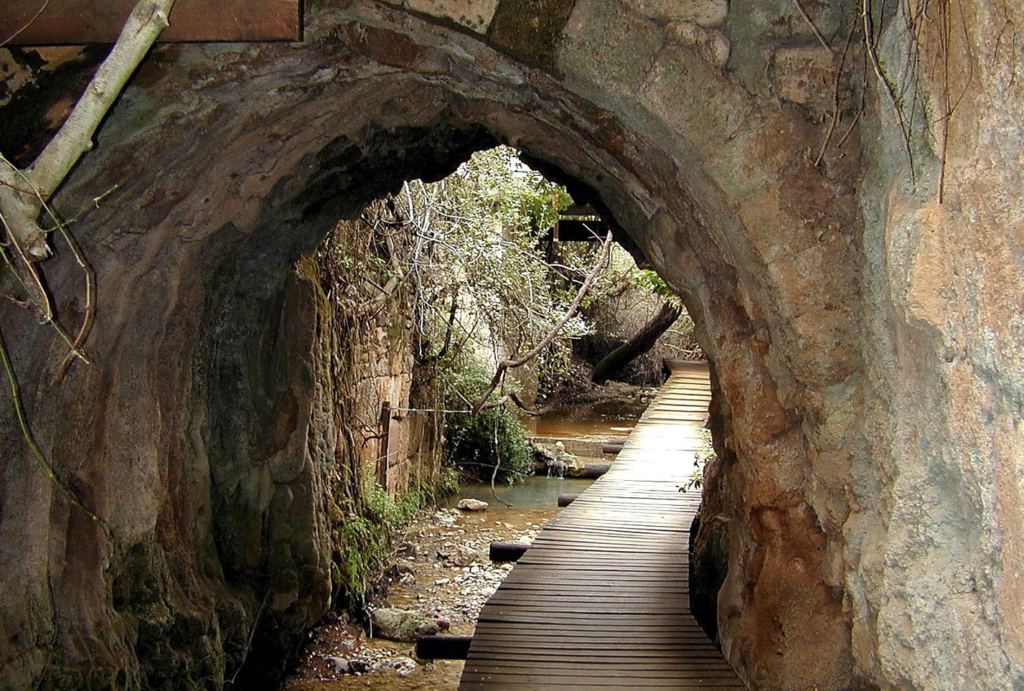
The evidence indicates a fairly opulent palace notable for the quality of its stonework. A number of limestone arches supported the palace’s second floor where the living quarters for Agrippa II’s family probably existed. Much of the palace’s stones found secondary use in Byzantine and medieval structures at throughout the site. While the palace rooms were spacious, the corridors linking them, and in particular those coming from the fortified entrances in the south wall, were surprisingly narrow. The excavators suggest that this was a security precaution; it made a mass attack impossible (cf. Murphy-O’Connor, The Holy Land, 5th ed., 2008, 206, as well as Wilson and Tzaferis, “Banias Dig Reveals King’s Palace,” 57). The cardo maximus has also been uncovered and identified for the Roman city.
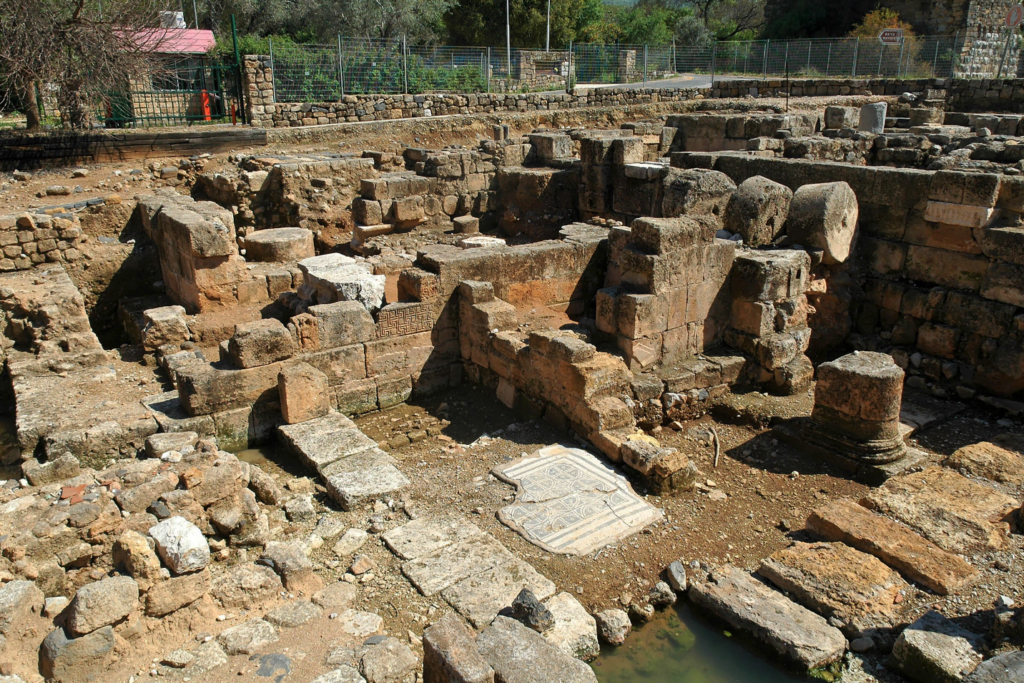

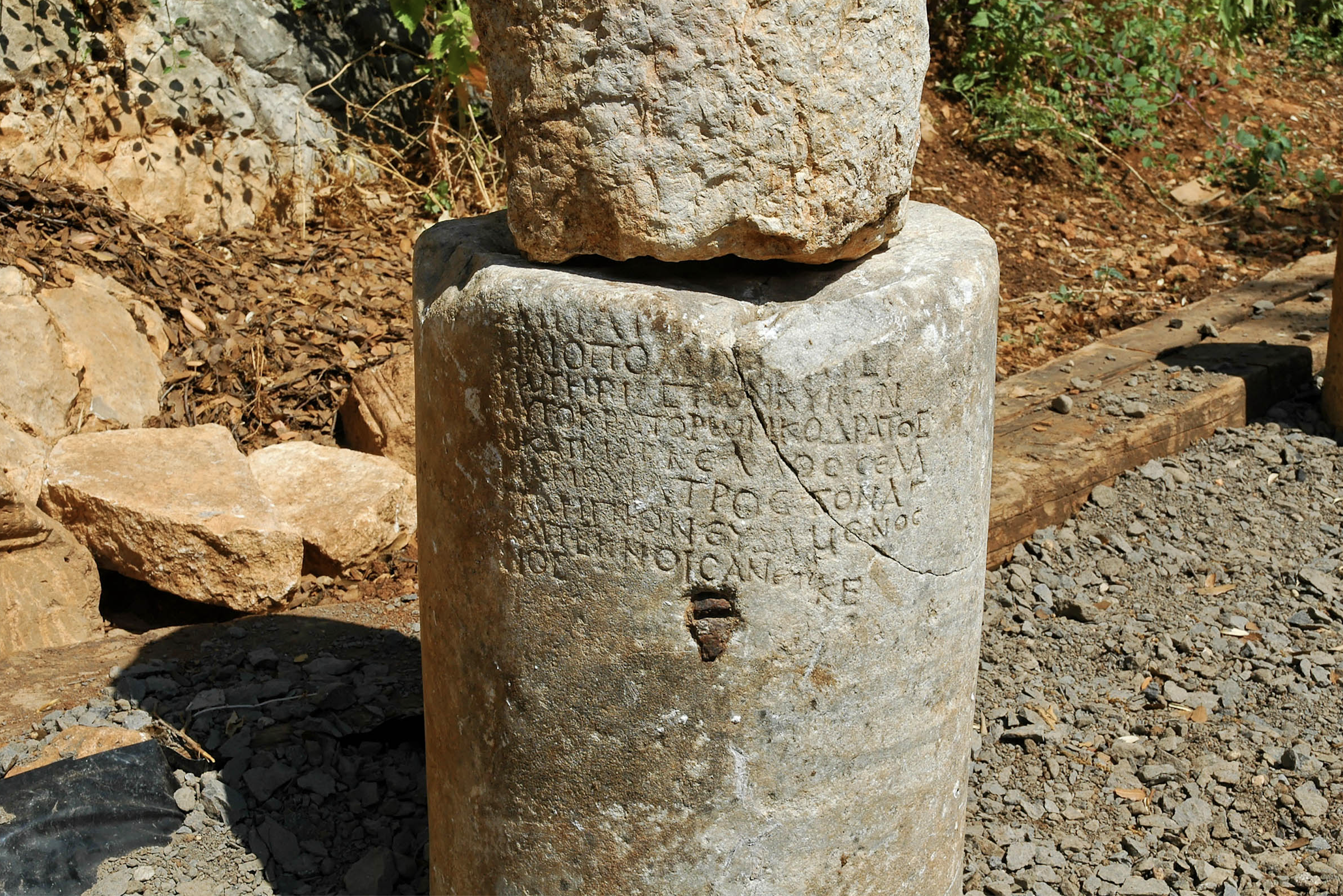
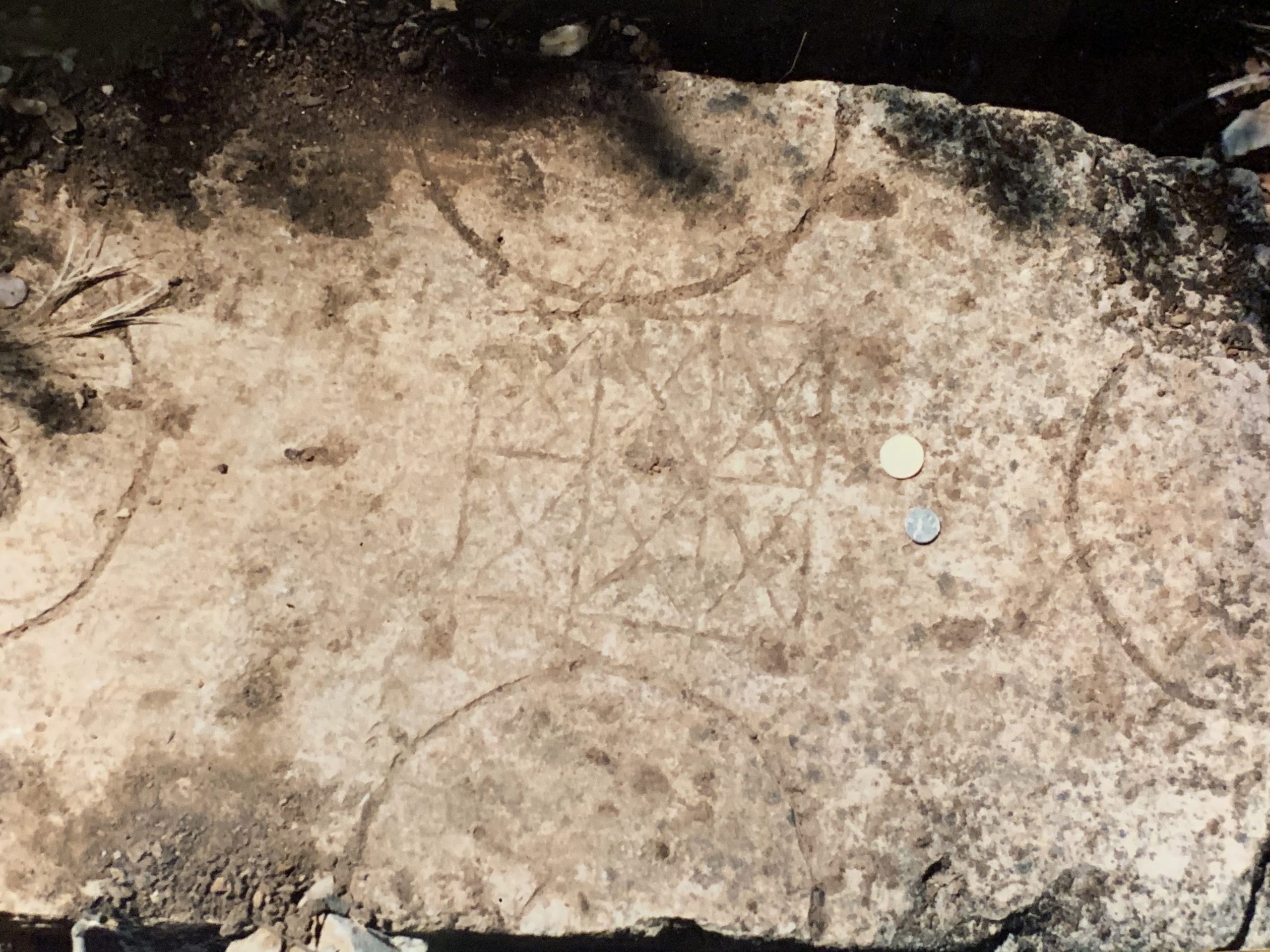
Recommended Resources
- Associates for Biblical Research. “The Temple of Caesar Augustus at Caesarea Philippi.” Research: New Testament Era. (Online article without noting author or date of writing/publication.)
- Berlin, Andrea A. “The Archaeology of Ritual: The Sanctuary of Pan at Banias/Casesarea Philippi.” Bulletin of the American Schools of Oriental Research 315 (August 1999): 27–45.
- Berlin, Andrea M., et al. “Debate: Where Was Herod’s Temple to Augustus?” Biblical Archaeology Review 29, no. 5 (September/October 2003): 22–25.
- Fink, Michael. “Caesarea Philippi, Israel: The Gates of Hell and Christ’s Church.” HolyLandSite. November 10, 2019. [32.40 minutes] (Helpful to show the traditional interpretation of the location for Jesus’ statement in Matthew 16:18 and to provide a good visual overview of the site and introduction to the temples constructed near the sacred grotto.)
- Murphy-O’Connor, Jerome. The Holy Land, 5th ed., rev. and expanded. Oxford Archaeological Guide. Oxford, Eng.: Oxford University Press, 2008. 203–7.
- Overman, J. Andrew, Jack Olive, and Michael Nelson. “Discovering Herod’s Shrine to Augustus.” Biblical Archaeology Review 29, no. 2 (March/April 2003): 40–49, 67–68. (Excavations at Omrit.)
- Sergio and Rhoda. “The Horrors of the Idol Worshipping Temple of Pan.” Sergio and Rhoda in Israel. Season 1, Episode 25. October 15, 2017. [7.35 minutes] (Shows the path to the waterfall.)
- Wilson, John F., and Vassilios Tzaferis. “Banias Dig Reveals King’s Palace.” Biblical Archaeology Review 24, no. 1 (January/February 1998): 54, 56–59, 61, 85. (This source provides the best available description of the finds in the excavations taking place in and around the palace of Herod Agrippa II.)
